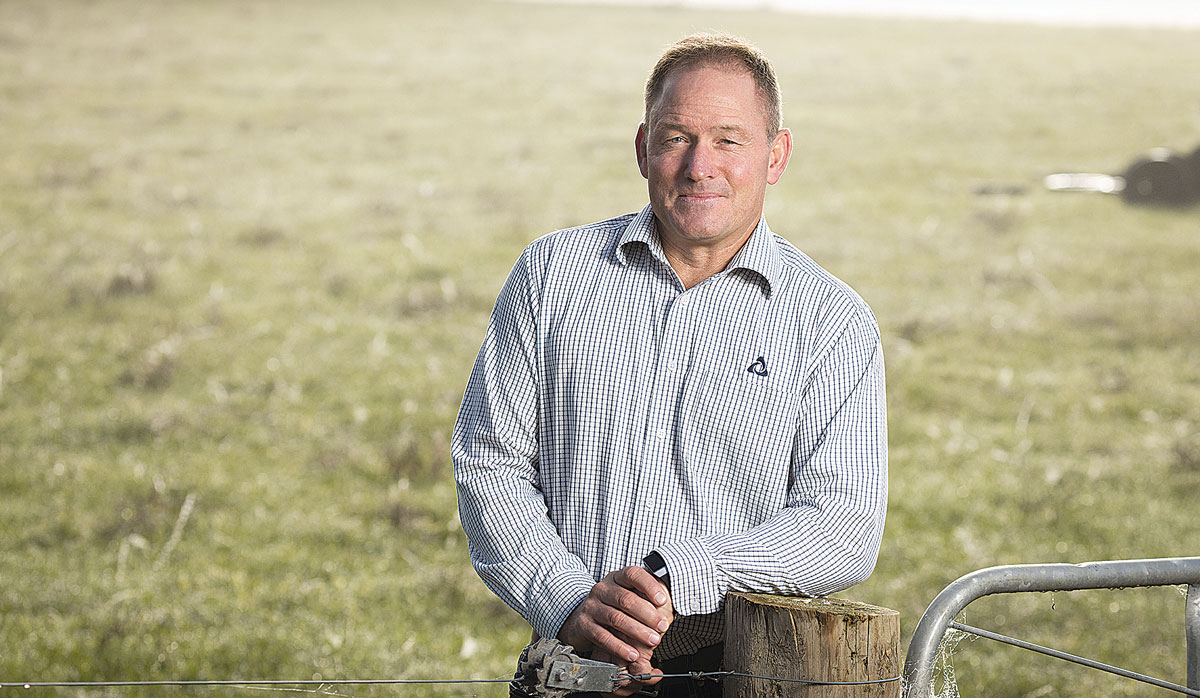More culls for meat industry
One of the highest numbers of empty cows in recent years could play havoc with the meat industry and will likely cost the dairy industry more than $20 million dollars next season.
As a fourth-generation farmer I spend a bit of time looking back and cherishing some of those aspects of foundation, and equally use that history to marvel at the changes we have seen over time.
Technology on farm has been a big mover. In my early days I would have listed a motor on the backing gate and an automatic vat wash as being breakthrough moments (yes, I do recall firing the couple of 20 litre buckets of hot water into the lidded vat and jumping in with the scrubbing brush). When I was able to flick a switch, I thought I was made!
Roll forward to 2022 and advancements on farm in the tech space are significant; we now talk of a ‘digitally-enabled farm’. The current wave of wearable technology is gamechanging, as is the likes of the way we manage irrigation use and nutrient management via sensors.
Farm and herd sizes are getting bigger, and the farm owner is often more removed. What this means is that the attention- to-detail and the required husbandry skill set is not always there on farm, and technology is being asked to fill the gap.
The basics and the requirement to focus on the key principles have not changed, but we are creating ways to make life easier and to drive efficiencies on farm.
The same goes in the herd improvement space. I was an AB technician for LIC in the early ‘90s, and I carted around Daughter Proven Jersey and Daughter Proven Friesian (both celebrated contributors to the national herd’s productivity and profitability by the way) but wow the tools in the toolbox have completely transformed now.
The significant value proposition of short gestation semen, the availability of fresh sexed semen to target more replacements from those better cows, and the fruits of the 20+ year investment into genomics are all delivering material outcomes.
The bovine diagnostics area is also extremely impressive with its own list of advancements. Parentage verification (GeneMark) has been a game-changer for many, and today this is joined on the front line with the opportunity to genotype your replacement heifers – both adding significant selection accuracy to the puzzle.
Back in the day I often experienced frustration at the identification of a clinical case of Johne’s Disease, and the frustration of having to cull a previously healthy cow; I never in my wildest dreams thought we could manage this wasteful disease via a milk sample as we do today.
The future will bring change. Environmental considerations are going to shape aspects of the dairy picture, and regulation will need to be managed and embraced. Technology and advancement in a general sense will help.
 |
|---|
|
Malcolm Ellis, LIC says technology on farm has been a big mover. |
There is just no doubt that we are currently on an unprecedented wave of accelerated genetic gain. The old 10gBW/year rate of genetic gain has been replaced by 19gBW/year. This increase is coming on the back of pulling all the levers within the ‘breeder’s equation’ that fuels genetic gain, with the focus intense within LIC and bearing out well on farm.
Add to this some of the work being done to breed a low-methane cow, and the breeding programme to assist with heat tolerance, and I have a sense of ‘we have got this’. Day-to-day we will be challenged, and we have certainly felt the brunt of a challenging spring in many parts of the country.
The wider time horizon will also present challenges. As a sector we have always faced these, and I’m proud of the manner with which New Zealand dairy has faced key moments over time and prospered through the generations.
As I look back, I’m grateful. As I contemplate the ‘now’, I’m content, and as I look forward, I see a future where technology will continue to assist, and where the efficiency of the New Zealand dairy cow will make a compelling contribution.
Malcolm Ellis is LIC General Manager for New Zealand Markets
The National Wild Goat Hunting Competition has removed 33,418 wild goats over the past three years.
New Zealand needs a new healthcare model to address rising rates of obesity in rural communities, with the current system leaving many patients unable to access effective treatment or long-term support, warn GPs.
Southland farmers are being urged to put safety first, following a spike in tip offs about risky handling of wind-damaged trees
Third-generation Ashburton dairy farmers TJ and Mark Stewart are no strangers to adapting and evolving.
When American retail giant Cosco came to audit Open Country Dairy’s new butter plant at the Waharoa site and give the green light to supply their American stores, they allowed themselves a week for the exercise.
Fonterra chair Peter McBride says the divestment of Mainland Group is their last significant asset sale and signals the end of structural changes.
President Donald Trump’s decision to impose tariffs on imports into the US is doing good things for global trade, according…
Seen a giant cheese roll rolling along Southland’s roads?